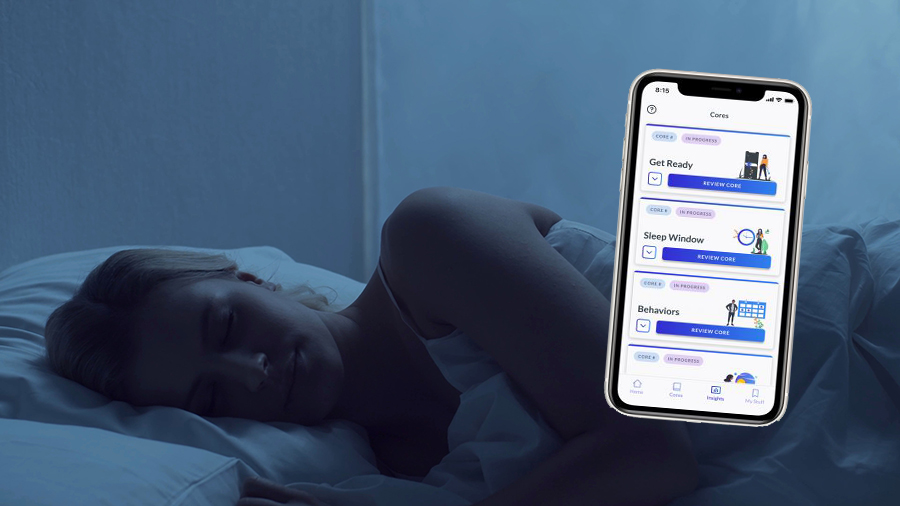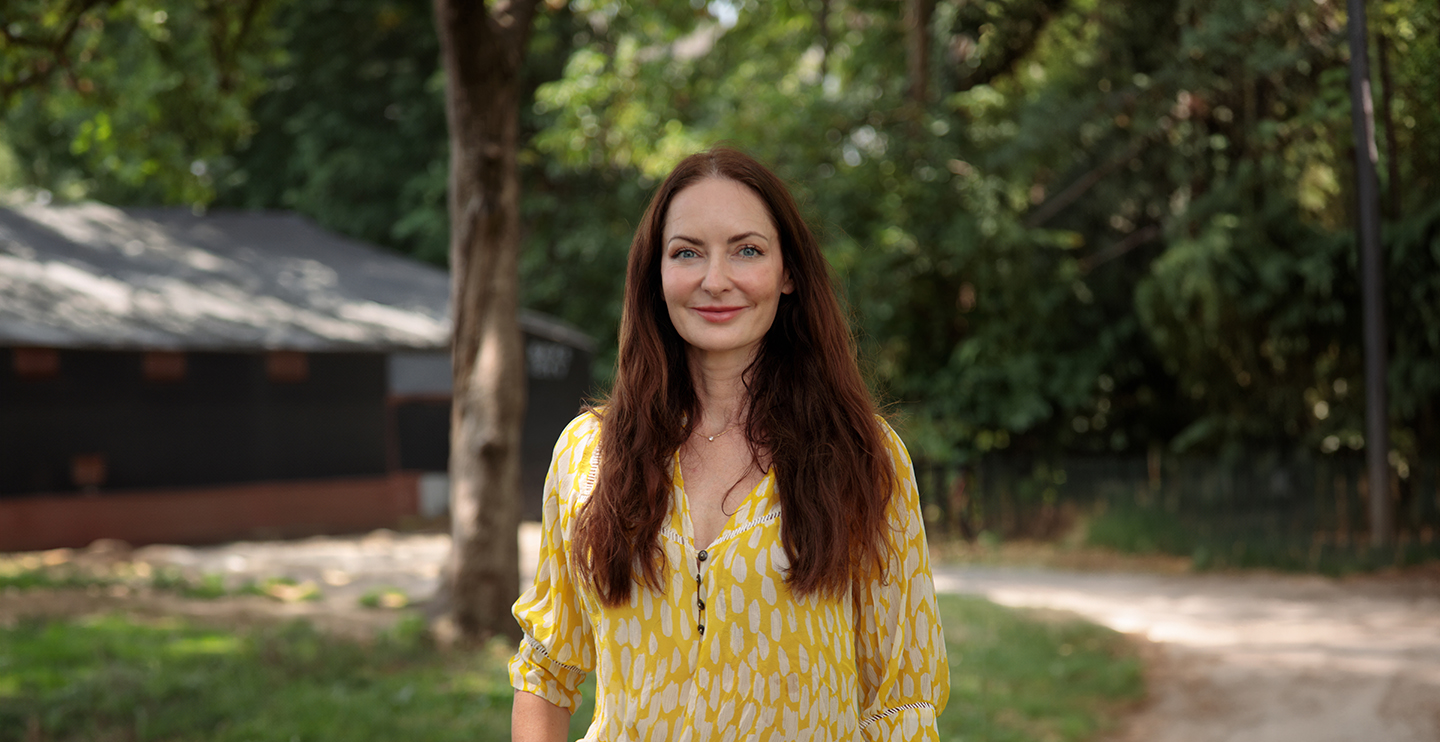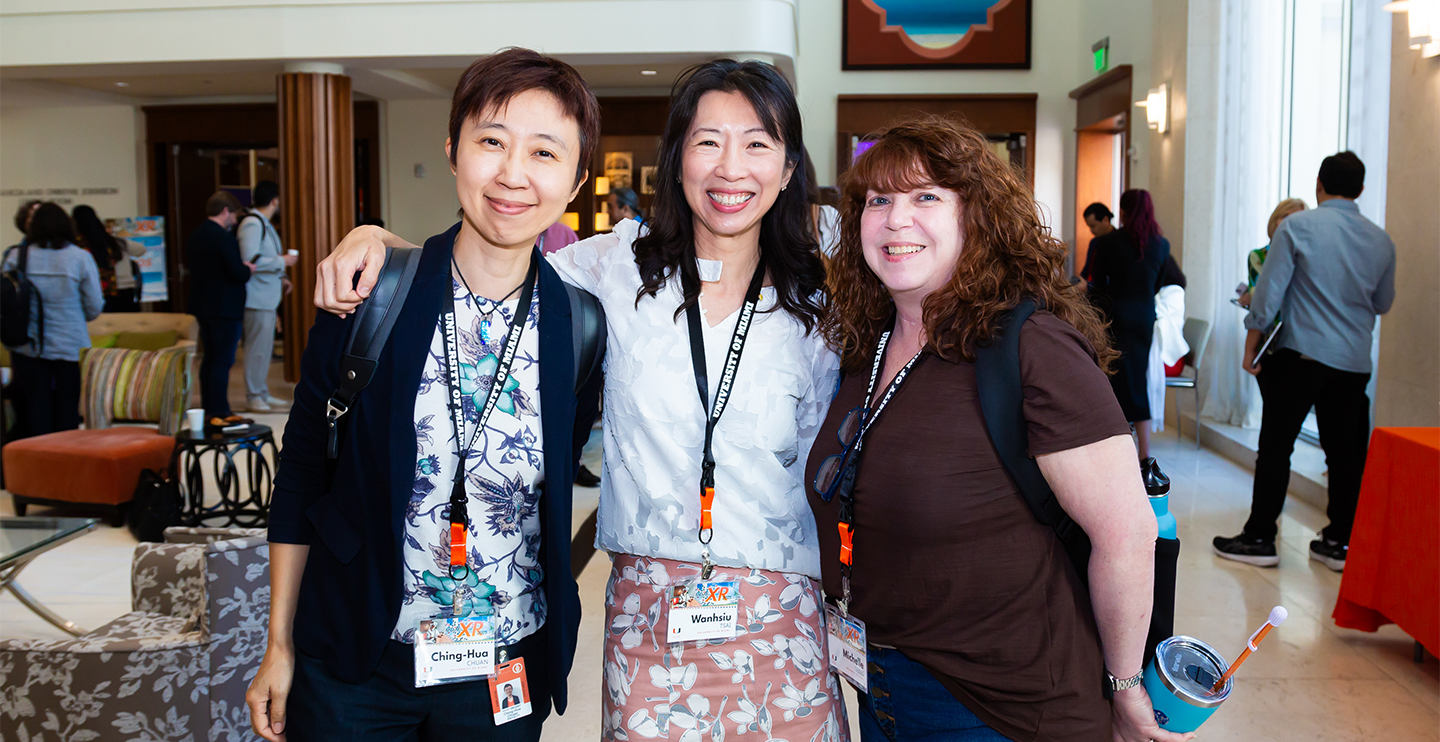After receiving her master’s degree and a Ph.D. in sociology from the University of North Carolina-Chapel Hill, Mairead* Moloney faced a dilemma. She loved the field and excelled at conducting research, but all those years poring through spreadsheets and research articles left her feeling disconnected from the people suffering from the problems she was studying.
“What was missing was, ‘How am I actually helping people?” she said.
That prompted Moloney to shift to a more hands-on approach to sociology. After accepting a position as an Assistant Professor at the University of Kentucky in 2014, she started visiting the rural, eastern region of the state to interview women suffering from insomnia. She carried out a study using a digital version of cognitive therapy that showed results but prompted even more research questions and more hands-on studies of people in the state.
“Her role in leading the education vertical within our department will undoubtedly elevate our academic programs and empower the next generation of informaticians.”

Now, 10 years later, Moloney has moved to the University of Miami as an Associate Professor with a joint appointment between the Frost Institute for Data Science and Computing (IDSC) and the Department of Informatics and Health Data Science at the Miller School of Medicine. Here, she will spend much of her time working with Azizi Seixas, the Director of Population Health Informatics at IDSC and the interim chair of the Miller School’s Department of Informatics and Health Data Science.
“With her expertise in women’s health technology and her dedication to addressing digital divide issues, Dr. Moloney brings a wealth of knowledge and leadership to our institution,” Seixas said. “Her role in leading the education vertical within our department will undoubtedly elevate our academic programs and empower the next generation of informaticians. We look forward to the invaluable contributions Dr. Moloney will make to our university community and the broader field of health informatics.”
At UM, Moloney will continue and expand on the research she did in Kentucky, including her sleep study that was the first in the nation to use the Sleep Healthy Using the Internet (SHUTi) program in people who were heavy drinkers with insomnia. The 2-year, nearly $400,000 grant from the National Institute on Alcohol Abuse and Alcoholism (NIAAA) produced intriguing results. Moloney and her collaborators found that SHUTi positively impacted both sleep and drinking, and the results seemed more pronounced for women than men. Heavy drinking in women is fast becoming a public health problem and was recognized as a target research area by an executive order on advancing women’s health research.
“Consistently what I was hearing from folks was, ‘We really wish that there were behavioral treatments that weren’t pharmacologic in nature to help our sleep,’” she said. “And then, trends I observed were pretty alarming in terms of how many people were taking Ambien and dealing with the side effects.”
That study sparked new research questions for Moloney. For instance, why did so many Eastern Kentuckians suffer from poor sleep? That prompted Moloney to start another study called REST-KY that uses wearable devices to track the sleep patterns of people in eastern Kentucky over a two-year period. She focused on that corner of Appalachia because its residents had long been ignored by the scientific community and had dealt with monumental stress following historic flooding in 2022. The goal of that study is to better understand why folks in the region had high rates of poor sleep and to better understand the individual and community stressors that may be keeping people up at night.
“Let’s not do what we tend to do, which is to give the most resources to the people who already have the most resources.”
Part of the reason Moloney moved to UM was to expand that work through the vast computing power and artificial intelligence/machine learning (AI/ML) resources available at IDSC. She has a lot to learn in that area, describing herself as an “enthusiastic learner.” But she understands those tools will only become more important to her research and is already contemplating the ethical questions about what populations will have access to those life-altering technologies.
“Let’s not do what we tend to do, which is to give the most resources to the people who already have the most resources,” she said. “The sociologist in me cannot abide that.”
Moloney is planning to expand the use of the SHUTi technology she used in Kentucky, but catered to South Florida, which means breaking through language barriers. To do so, she has been in talks with the developers of SHUTi to translate the program into Spanish and is looking for partners at UM to help that process.
Moloney is also pioneering the use of cutting-edge technology to enhance medical and nursing education. Through grants from the American Medical Association and Meta/Bodyswaps, she’s testing innovative platforms designed to better prepare the next generation of healthcare providers. Her commitment to advancing the 21st century medical education perfectly complements the University of Miami’s mission to lead in healthcare innovation.
Recently, Moloney joined Seixas’ ongoing Determinants, Outcomes, Responses, and Mechanisms of Insufficient sleep in Rural-urban settings (DORMIR**) study. While the gap between Appalachia and Homestead may seem large, Moloney said there are significant overlaps. From the Everglades to the Florida Keys, many in South Florida live in areas that resemble rural communities.

“The Census says [Monroe County] is no longer considered rural because it exceeds the population limit, but that’s not the only factor,” she said. “It’s about your distance to certain things like food and medical care. We’re focused on the working class, on the people who are struggling to get the healthcare they need whether it’s because of distance or health insurance. The idea of using digital solutions in these areas is very appealing.”
As she embarks on all her new projects, Moloney is enjoying the shift from the cold winters of Kentucky to the sun-filled beaches of Miami. Her husband, Kevin Eastin, is a certified sommelier who is excited about moving into Miami’s thriving wine market. And Moloney is just happy to have a balcony where she can sit with her coffee and enjoy the view of Biscayne Bay.
“I genuinely feel like the energy of the city rose to meet me,” she said. “The friendliness of the people, the warmth of the people. It really is an exciting, engaging, and beautiful place to live.”
_______
Story by Alan Gomez
*Mairead is pronounced like “parade” | **Dormir is the Spanish verb “to sleep”





